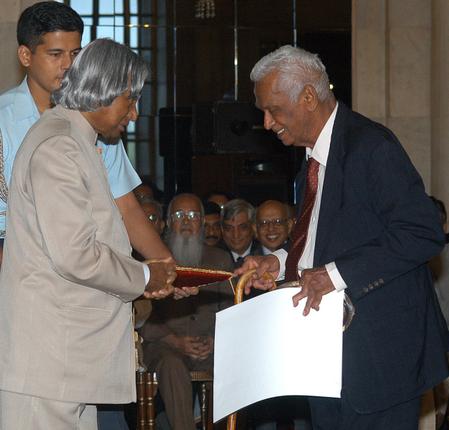The Indian doctor is a tired person. Faced with the task of looking after patients while his/her own self is crushed with stress – due to work overload and more. Yet, s/he still manages to do great things. Things that make for excellent reasons to respect him. Particularly true on this National Doctor’s Day.
1. Despite limited resources, Indian doctors provide one of the highest quality of care in the word – Harvard & Bloomberg. This could be a model for US Healthcare.
This might come as pleasant surprise for you: Doctors in both private and public healthcare in India provide one of the highest quality of care.
The Harvard Business Review has this to say: “India Delivering World-Class Health Care, Affordably. In fact, the Indian framework is a model for US healthcare “
HBR says, “Their charges for most procedures are as much as 95% lower than those at U.S. hospitals. That isn’t because the Indian providers offer low-quality services; five of the exemplars are accredited by either Joint Commission International (JCI), the international arm of the Joint Commission—an independent non-profit that certifies the quality of more than 20,000 health care organisations in the U.S.—or its Indian equivalent, the National Accreditation Board for Hospitals & Healthcare Providers, which uses standards similar to those of JCI.” A story that appeared on Business Today points out how Narayana Hrudyalaya(NH) in Bangalore provides affordable healthcare without compromising on the quality: “The lower cost has not come at the expense of quality. NH’s mortality rate (1.27 per cent) and infection rate (one per cent) for a coronary artery bypass graft procedure is as good as that of US hospitals. Incidence of bedsores after a cardiac surgery is globally anywhere between eight and 40 per cent. At NH, it has been almost zero in the last four years, points out Dr Shetty.” The hospitals of the All India Institute of Medical Sciences (AIIMS) are excellent examples for providing quality against odds. The sheer number of patients would itself make providing good care a daunting task.
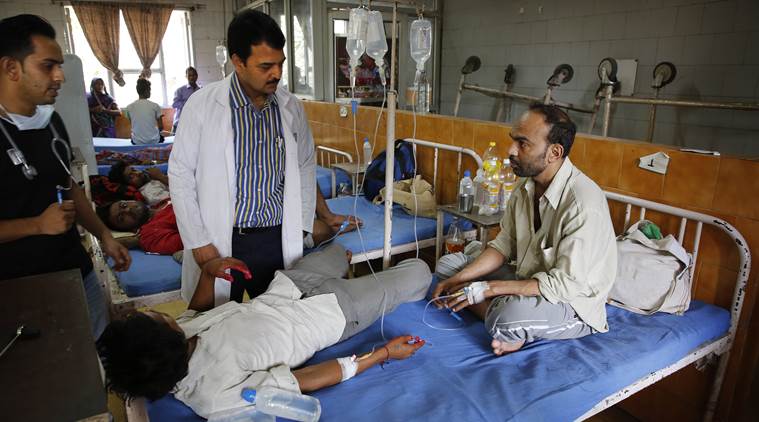
For instance, at AIIMS Delhi, the OPD attends to some 4,000 patients every day. Taking into account the patients who visit the hospital’s cardiothoracic centre, trauma centre, ophthalmology and neurosciences centre, the total number could be as high as 10,000.
2) Delivering great care under great stress
When you have just 1 doctor for every 1,700 people, it’s not surprising that the Indian doctor functions under stress almost always.
A post on the blog of Dr. Ashish Jha- Professor of International Health & Director, Harvard Global Health Institute, notes how the Safdarjung Hospital in Delhi is better than the average U.S hospital. He cites the following excellent reason:
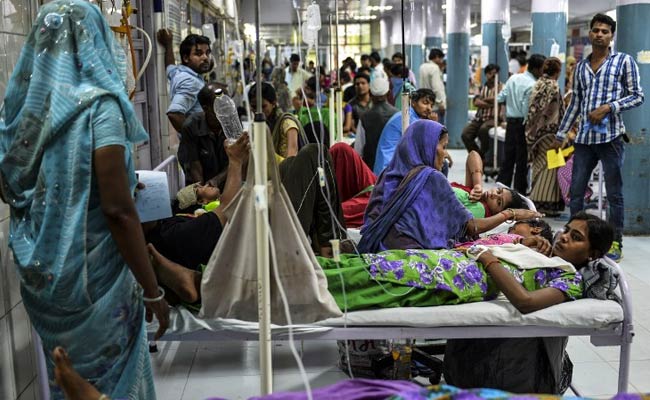
“The hospital’s (Safdarjung) yearly workload includes: 800 cardiac surgeries, 2,000 angioplasties, 3,000 echocardiograms, and 100,000 ECGs. The hospital has only 4 full-time cardiologists, while the rest of the work is handled by medical residents. In comparison, Brigham and Woman’s Hospital which only sees 1/4th of this patient flow has 140 cardiologists!”
Similar numbers are applicable to many a hospital in the subcontinent.
3) Dying for the patients, literally !
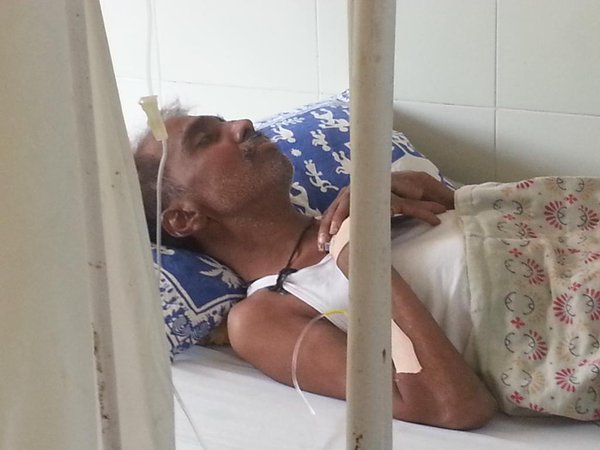
Dr.Suresh Waje-Unaccompanied, he breathed his last
A sad facet of Indian healthcare which goes unreported is that of doctors risking their lives for the patients’sake-often due to poor facilities and provisions for doctors.
The case of Dr. Suresh Waje is a painful example.
The doctor contracted MDRTB form a patient he treated. The doctor who worked with the Brihanmumbai Municipal Corporation(BMC) passed away on July 20,2015 from the disease in the same hospital where he worked. Unaccompanied, the doctor breathed his last.
Incidents of doctors contracting TB and other infectious diseases from patients are part of the news these days. Even though WHO recommends protective gears and mechanisms, such things are not in place in many situations, putting the doctors’ lives at risk.
Also, it is estimated that at any point of time there are over 200 Indian Doctors taking HIV treatment as post exposure prophylaxis due to exposure from patients. Doctors have the legal rights to refuse treatment to any such patients, but they practically never do so !
4) 10x workload with ¼ of the resources
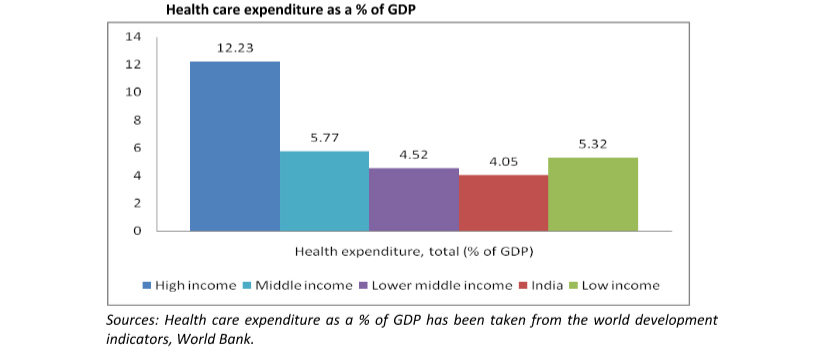
India is among the countries that spend the least on its healthcare sector-with just around one percent of GDP allocated to the sector. To contrast, China spends three percent of GDP whereas in the UK, it’s eight percent.
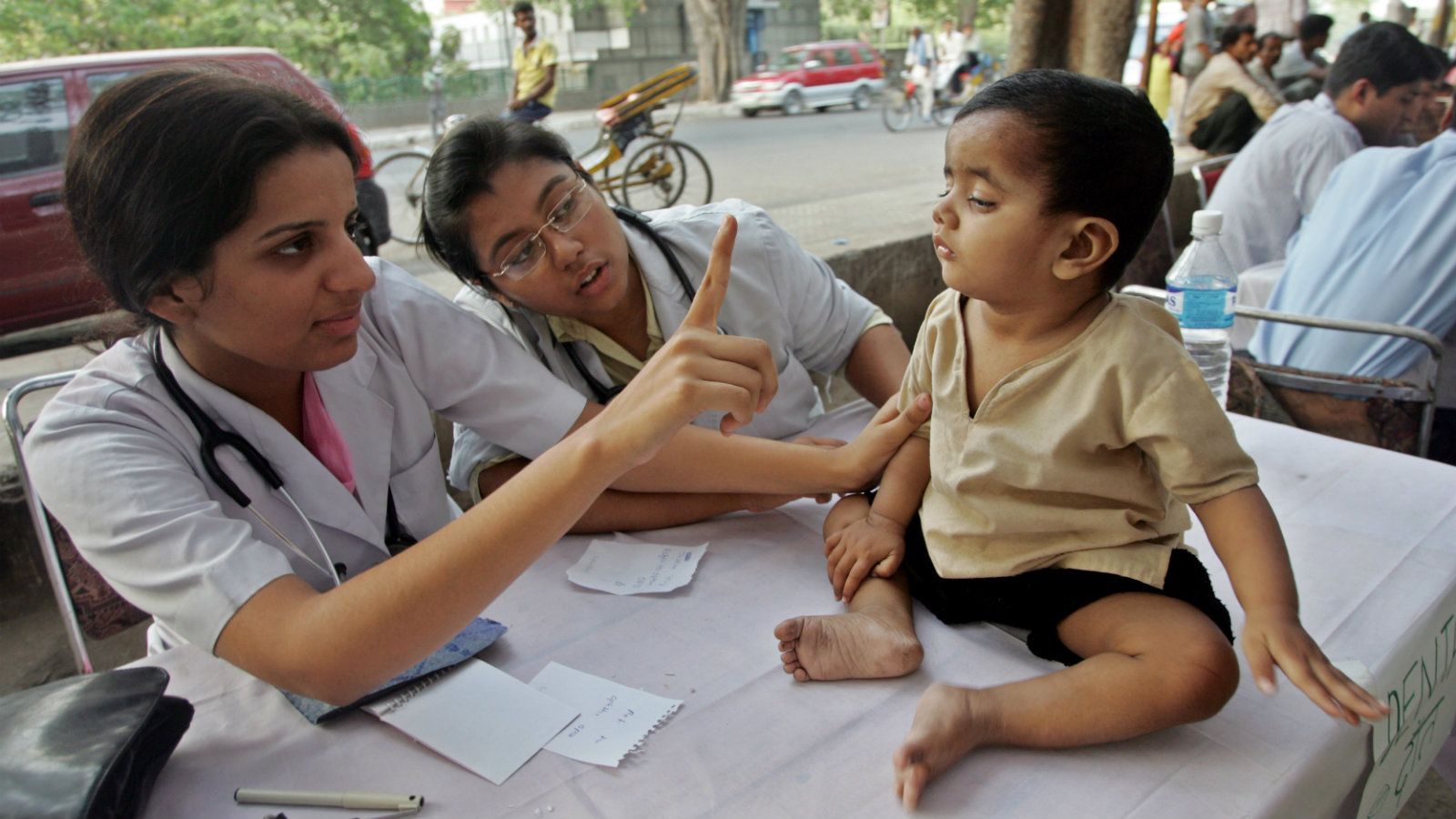
Even the recent budget fails to give any decisive boost to the sector. Also, according to the 12th Five Year Plan document, the total funding on health is expected to raise to just 1.87 percent of the GDP by the end of the plan.
The poor allocation is in direct contrast to the large number of people in need of healthcare in the country. It is quite evident that the public spending is nearly not enough to meet the requirements of a population that counts over a billion.
5) The world comes to Indian Doctors for the expertise
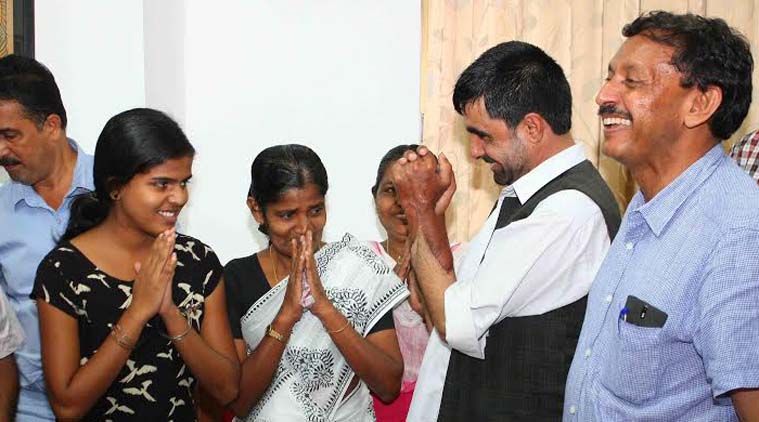
The Afghan ex-armyman with his new hands . 30 year old Abdul Rahim is a former military captain who lost both his hands in a de-mining operation in Kandahar in 2012. For a successful hand transplant, he searched many countries without any result. Then, in early 2015, he approached the Amrita Institute of Medical Sciences and Research Centre in Kochi.. In May 2015, in a marathon surgical procedure that lasted nearly 15 hours, Rahim got hands again. Over 20 surgeons and 8 anaesthetists participated in the procedure.
The ex-army man’s case is just one instance of foreigners seeking the expertise of the Indian doctors. Data published by the Indian Brand Equity Foundation(IBEF) puts the estimated number of patients arriving for health care in India at 2,30,000.
Aside from the cost-effectiveness, the Indian doctor’s expertise in performing even rare and complex surgeries also bring patients from the far shores.
6) Saving the mother and child. No one does it better
The maternal mortality rate has dipped significantly in the country over the 1990 to 2015 time period. A major reason for this, of course is the level of care that’s been made available by the doctors. The graph below shows this declining trend.
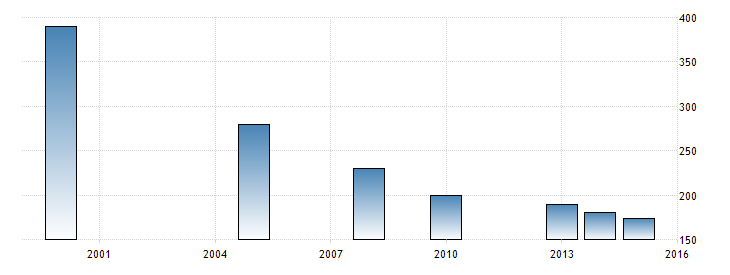
Consistent decline has been marked in Infant Mortality Rate(IMR) as well. And the rate of decline in the current decade is more than that in the previous one. The statistics in the following graph make this clear:
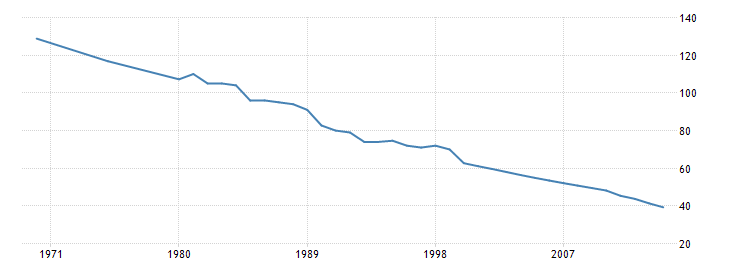
7) Covering the uncovered. Service in the rural most areas!
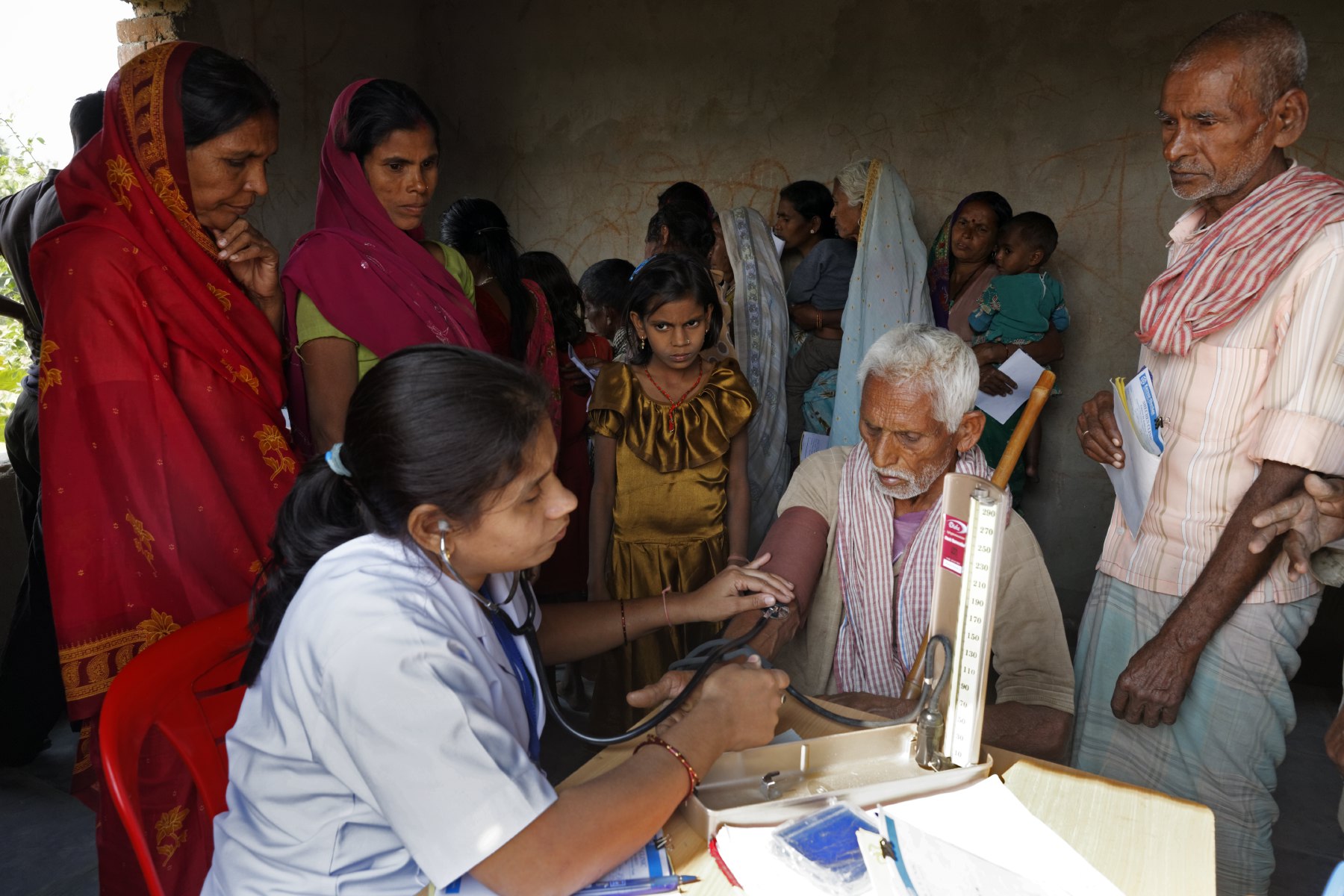
A medical camp in Bodh Gaya
With 70% of her people living in rural areas, India has one of the highest rural population in the entire world. Many or most of them lack easy access to good health care centres. This brings about the scenario in which doctors reach out to these people, often at significant personal costs.
Even with the massive population of the country-most of them in hard-to-access regions, India has succeeded in becoming polio free. The efforts of the doctors to make this dream a reality has been mammoth, to say the least. The lines that go down in the WHO released chart actually represent a high point in the medical history of our country:
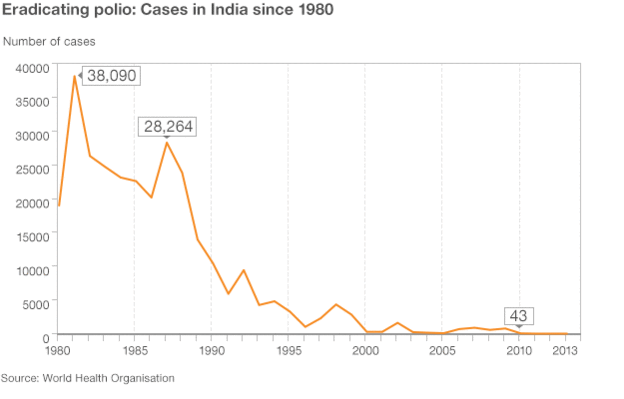
8) High quality comes at a low cost
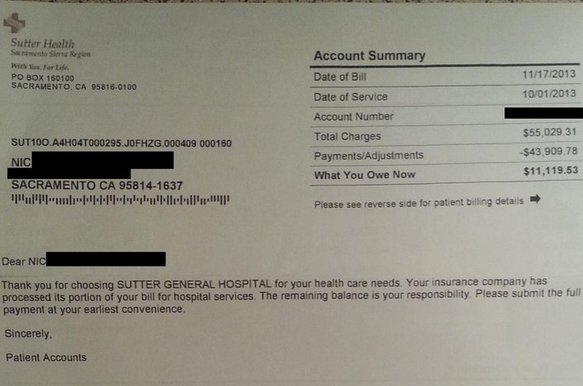
Doctors’ fees are one of the lowest in the world (Only China and Cuba lower rates than India). This bill shows a whopping 37 lakhs bill for an Appendicectomy in the US . The same procedure would cost only Rs. 15,000 or less
While maintaining a high quality of care, even surpassing an average U.S hospital in the process, the Indian doctor gives his services at highly affordable costs compared. For instance, compare the medical bills for the same procedure done in the US and in India:
9) Indian Doctors bring innovations that suits the developing world !
The innovative strength of the Indian doctor was best illustrated by Dr. Govindappa Venkataswamy.
Estimates put the number of blinds in India at a whopping 15 million. Dr. Govindappa Venkataswamy brought new hope to this segment of the population. This ophthalmologist made a needful innovation at a time when an artificial lens would cost $150- too expensive and complex to scale. He served as a physician with the Indian Army during 1945-1948. Discharged from duty due to rheumatoid arthritis, he became bed-ridden, unable even to stand on his own feet. Making things worse was the fact that his fingers were crippled. That would have been enough setback for a weaker willed person. But the doctor made recovery, learned ophthalmology(earlier, he practiced obstetrics) and even had special instruments designed for his arthritic hands. Such instruments helped him perform as many as 100 cataract surgeries every day.
Dr. Govindappa receiving BC Roy Award from President Abdul Kalam. His innovative 2$ lens and Arvind Eye Hospital has give vision to millions as of date
He kept up this incredible rate of surgeries for almost 25 years. But his crowning achievement was the design of his own version of artificial lens-one that costs as little as $2-something that showed the light to many of the poorest in the country. The doctor would go on to establish Aravind Eye Care- globally renowned for its quality of care which is provided to even the poorest.
Today, their manufacturing unit Aurolab makes 2 million lenses every year. The lenses are exported to some 120 countries. The firm has 7% of the global market share for intraocular lenses by volume. Building upon the success of the lens, the product portfolio has been expanded to include suture needles, microsurgical blades, lasers and eye drops.
10) The everyday Heroes
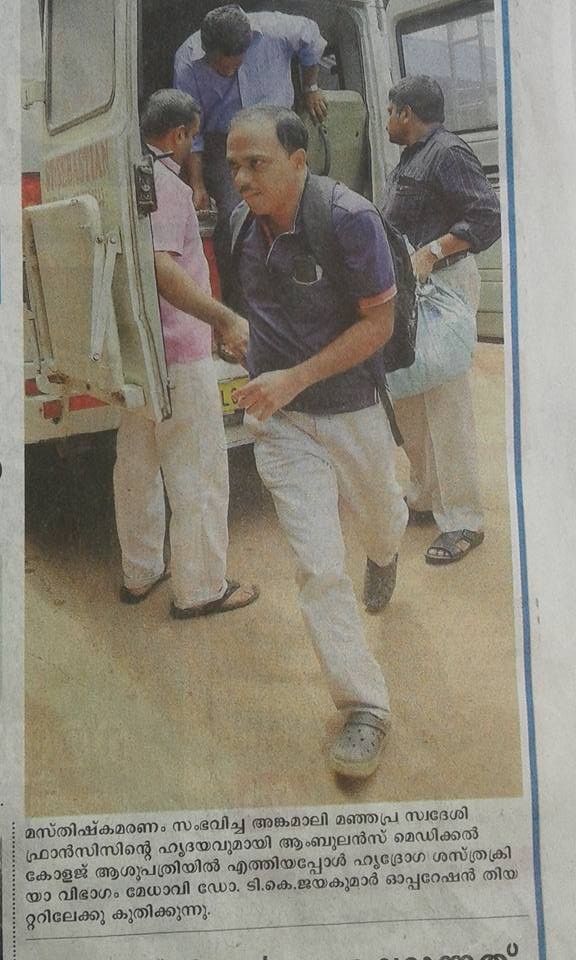 This is Dr.Jayakumar- a Cardiothoracic Surgeon. This newspaper clipping shows him rushing to the hospital to do a Heart Transplant surgery.
This is Dr.Jayakumar- a Cardiothoracic Surgeon. This newspaper clipping shows him rushing to the hospital to do a Heart Transplant surgery.
Dr. Jayakumar has spent 12 years in Medical School preparing to be a CardioThoracic Surgeon and another 10 in training (MBBS+PG+Superspeciality). After completion of his course he could have joined a private hospital and earned a good salary. Instead he chose to stay back at his alma matter (Govt. Medical College, Kottayam) with a salary which would put an entry level engineering graduate’s salary to shame. He went on to setup a CardioThoracic centre in the hospital and did the first heart transplant of the state in public sector.
We don’t often hear about the everyday heros like Dr.Jayakumar. But the fact is that our country is gifted to have a large number of heroes, who put patients first and survive because of their sheer perseverance . Big respect, salute. Happy Doctors Day !
10+1 : One more reason ! Indian Doctors have built the platform where the Doctors of the world come to learn. From Harvard to Syrian Refugee camps.
We were hesitant to write this initially, but hope you won’t consider this as bragging. World’s largest academic network for Doctors – DailyRounds is built by Indian Doctors. The app is used by Doctors all over the world including Syrian Refugee camps to Kenyan Primary care centers.
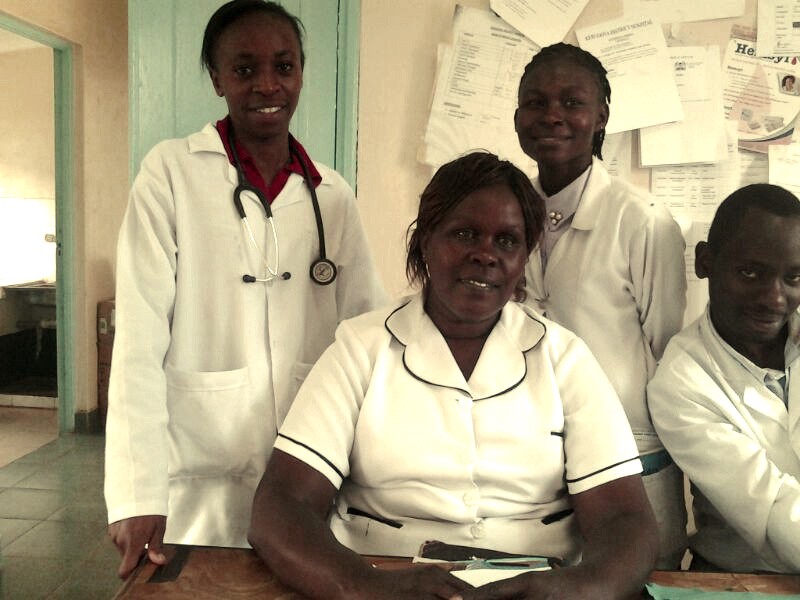 Dr. Quinter and her team at a PHC in Kenya conducts a weekly case discussion based on the DailyRounds cases
Dr. Quinter and her team at a PHC in Kenya conducts a weekly case discussion based on the DailyRounds cases
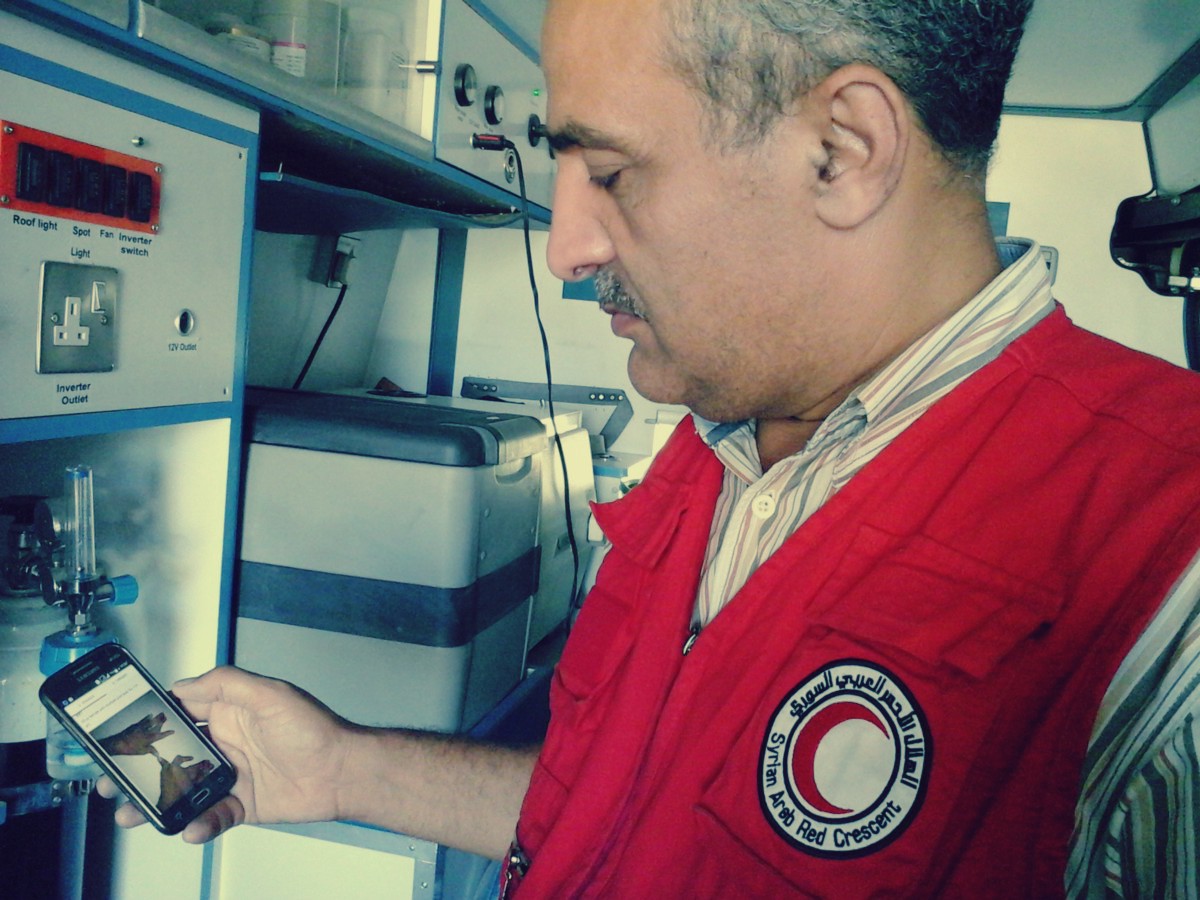 Dr. Mohsen Ali Junaidy using the DailyRounds app in Syria’s largest refugee camp
Dr. Mohsen Ali Junaidy using the DailyRounds app in Syria’s largest refugee camp
DailyRounds App : Android | iOS
Images credit: twitter.com, WHO, The Indian Express, tradingeconomics.com, Reuters (Cover Image)
